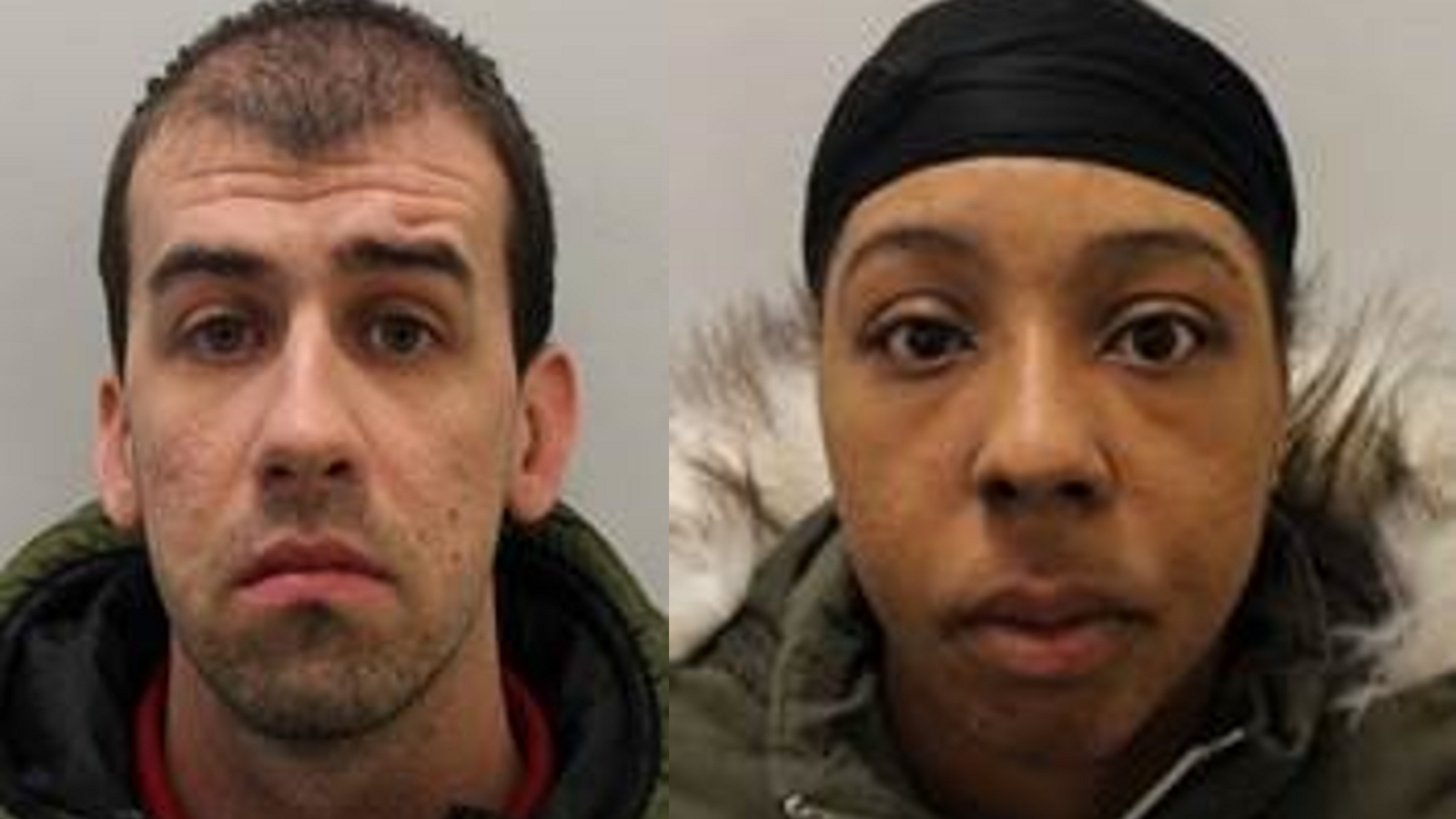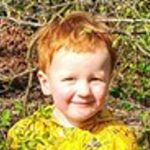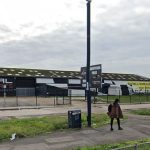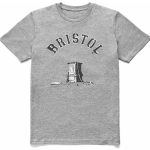A couple are facing jail terms today after their eight-week-old baby died with more than 60 broken bones in her body following “the most despicable abuse”.
Naomi Johnson, 24, and Benjamin O’Shea, 26, claimed paramedics caused the fractures suffered by their daughter Amina – but they were found guilty of causing or allowing her to suffer physical harm.
In total, the little girl had 41 fractures to her ribs and 24 fractures to her limbs – with doctors concluding the injuries were “highly indicative that Amina had suffered continued physical abuse”, police said.
Johnson and O’Shea, from Southwark in London, were also found guilty of cruelty to another child who is known to the pair.
Their sentencing at Inner London Crown Court on Friday comes amid concerns about an increase in child cruelty cases in the UK.
Here, Sky News looks at what happened to Amina, why reports of child cruelty are on the rise, and the early signs that can be spotted to prevent serious harm.
What happened to baby Amina?
Johnson and O’Shea – a former army reservist – called 999 on the morning of 26 April 2019 after Amina stopped breathing.
Paramedics arrived within minutes and tried to save her life, but she died at the scene.
The Metropolitan Police said there were no visible signs of injury and Amina was initially thought to have suffered a sudden unexplained death – but X-rays later identified her broken bones.
Some fractures were recent while others had started to heal, suggesting Amina had been repeatedly abused, the force added.
However, no cause of death was established.
Due to the level of Amina’s injuries, a police investigation was launched and Johnson and O’Shea were arrested.
The couple claimed their daughter’s death was the result of a visit to the GP – reportedly blaming her inoculation – and that her bone fractures were caused by the paramedics.
A medical expert concluded the baby’s limb bone fractures were caused on at least seven separate occasions and the rib fractures were the result of at least two incidents, while the spread of the injuries meant they could not have been caused accidentally.
There was also evidence of past bleeding inside Amina’s head, which had healed.
‘A catalogue of the most despicable abuse’
Police found O’Shea made several calls to NHS 111 between 2016 and 2019 referring to his self-diagnosed PTSD and aggression issues.
In one incident, O’Shea called – about three weeks before Amina’s death – to report that she was coughing blood, but he failed to act on a doctor’s advice to take her to hospital.
Detectives also found texts that showed Johnson and O’Shea admitting to slapping and mistreating the other child for whom they were convicted.
They were convicted on 30 November following a four-week trial at Inner London Crown Court.
Both Southwark Council and the Met Police told Sky News that no previous safeguarding concerns were reported to them before Amina’s death.
A serious case review was conducted, but the findings have not been published due to court restrictions relating to the protection of another child, Southwark Council said.
Detective Inspector Melanie Pressley, who led the police investigation, said Johnson and O’Shea had committed “monstrous crimes” and their baby daughter had suffered an “unimaginable number of injuries”.
“The trauma she endured in her short life is impossible to comprehend, her injuries are a catalogue of the most despicable abuse,” DI Pressley added.
“The cruelty and callousness with which the pair discussed the treatment of the other child in this case is shocking.
“Children depend on adults, and the children in this case were sorely betrayed by Johnson and O’Shea in the most tragic of ways.”
Why have child cruelty cases increased?
Helen Westerman, from the NSPCC, described the Amina case as “tragic” and said the country was “still reeling from the shock” of the recent murders of six-year-old Arthur Labinjo-Hughes and toddler Star Hobson.
More than 27,300 cases of cruelty to children and young people were recorded by police in England and Wales from July 2020 to June 2021 – a 23% increase on the previous year.
There were also 536 cases of deaths or serious harm to a child where abuse or neglect was known or suspected in 2020/21 – a 19% rise on the previous 12 months.
Please use Chrome browser for a more accessible video player
Ms Westerman said the coronavirus lockdowns over the past two years meant some victims of child cruelty had been hidden.
She told Sky News: “If we look back to the beginning of the lockdown, everything changed. Children weren’t in school, children were behind closed doors and for some of those children, home wasn’t a safe space.
“If you were a parent who wanted to hide what was going on at home, it became easier to do that.”
The NSPCC helpline was contacted nearly 85,000 times in 2020/21 – a 23% increase on the previous year and a record level for the charity.
“That was a big jump for us,” Ms Westerman said.
“Do we know the full outcome of the effects of lockdown on children and families? Probably not yet.
“We know from our conversations with schools, we’re seeing more children coming back with mental health issues exacerbated – or new mental health issues – that really need and support right now.”
Please use Chrome browser for a more accessible video player
What are the early signs of child cruelty?
Ms Westerman said cases of child cruelty are often picked up by workers in close contact with children including health visitors, midwives, teachers, youth workers and nursery staff, as well as by family members and neighbours.
Early signs of child cruelty can include witnessing a change in a youngster’s demeanour, she added.
“They may seem nervous or not as happy around their usual caregiver,” Ms Westerman said.
“They may have bruising or marks on their body. They may start bed-wetting. Their diet or routine to eat may go out of the window.
“For older children, they may become more withdrawn. Their online activity may be different.
“Neighbours may hear more shouting, or see children outside without suitable clothes.
“They may see children left out on their own or out when it may not be suitable.
“There are lots of early signs that things aren’t quite right.”
The chilling parallels between the murders of Star Hobson and Arthur Labinjo-Hughes
Ms Westerman, who is head of local campaigns at the NSPCC, said the charity was calling on the government to “really invest” in children’s social care.
She said there were “ongoing concerns” about how much children’s social care will receive of the £4.8bn in new grant funding to local authorities over the next three years.
There is also a need to address a national shortfall of health visitors – estimated to be about 5,000 in England, she added.
Ms Westerman said: “The child protection system isn’t broken, but it is under immense strain, and it has been for many years, particularly for the last decade.
“The chair of the independent care review has described the care system as a Jenga tower held together by Sellotape. Obviously that’s really, really not good enough.”






















